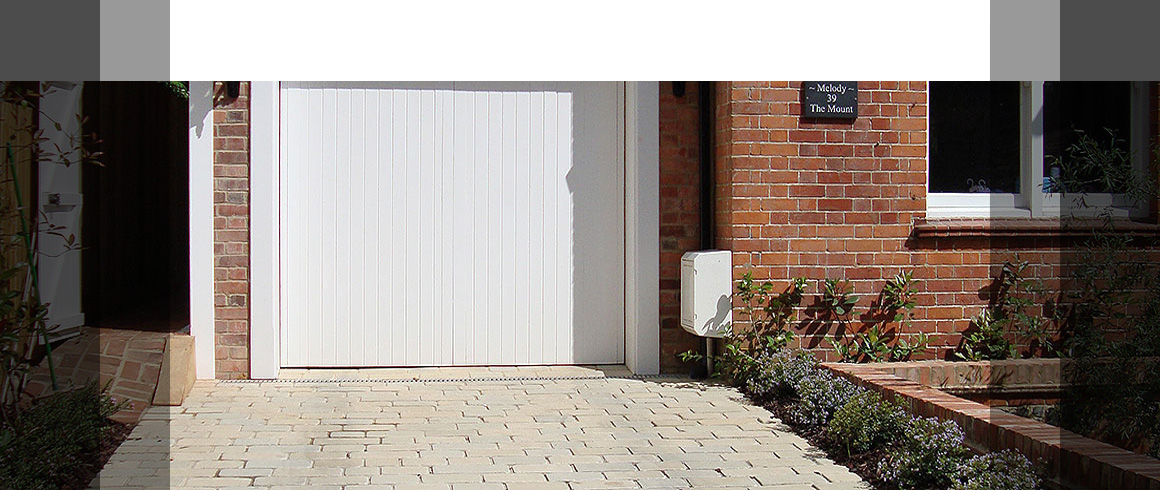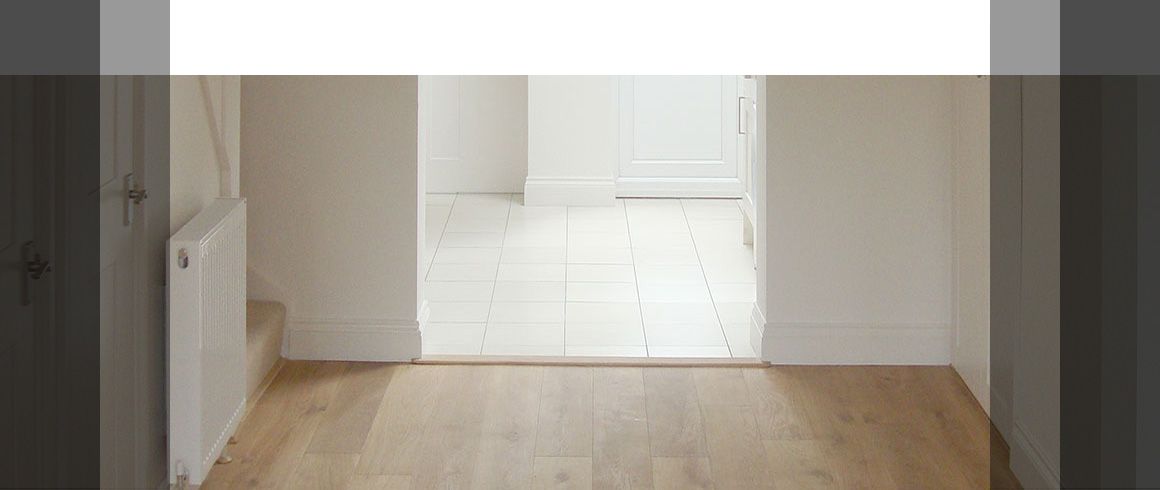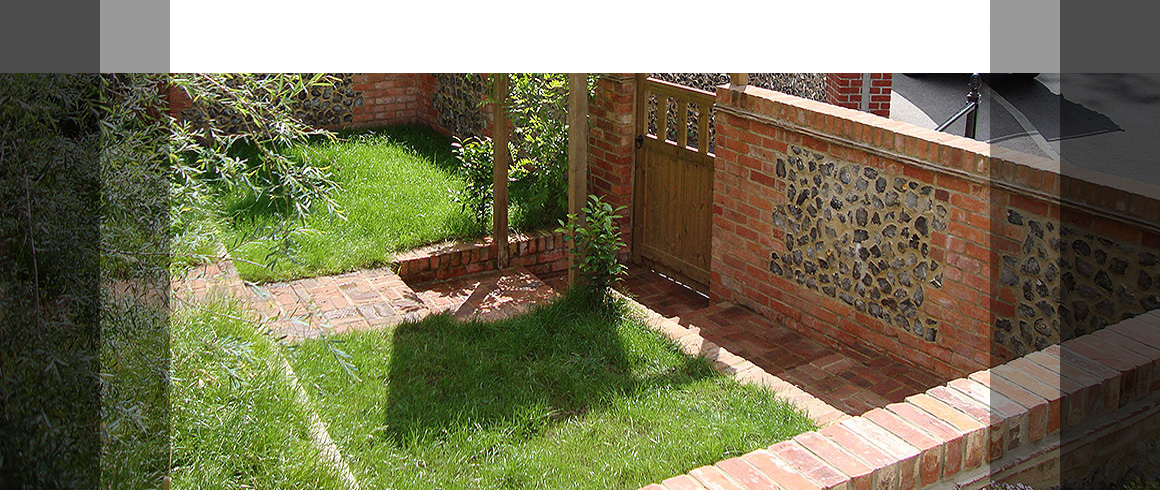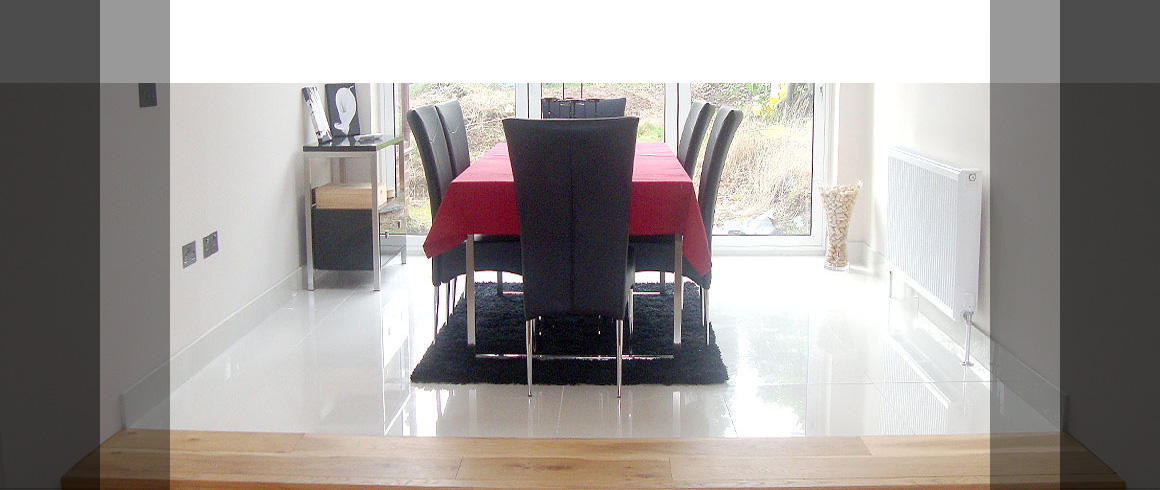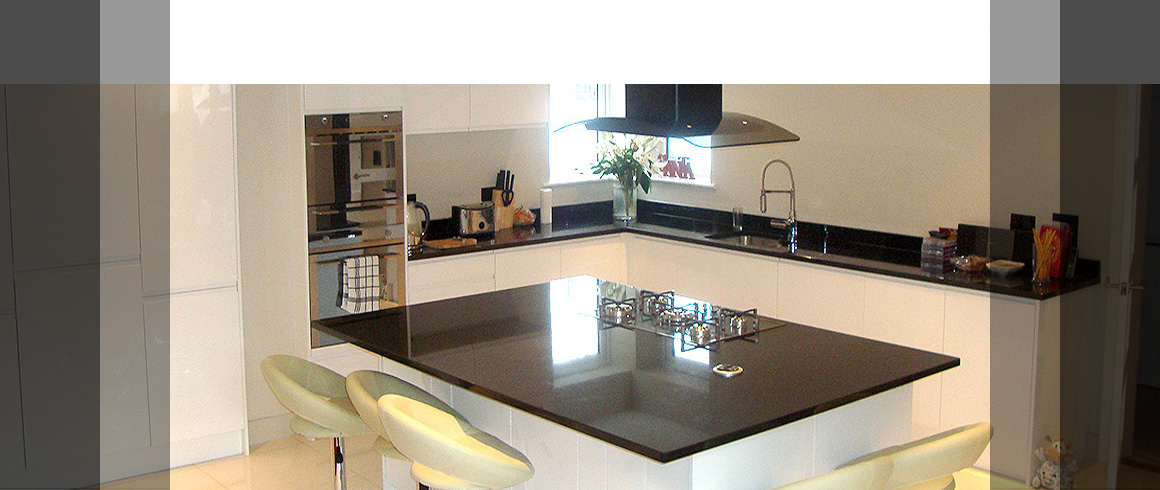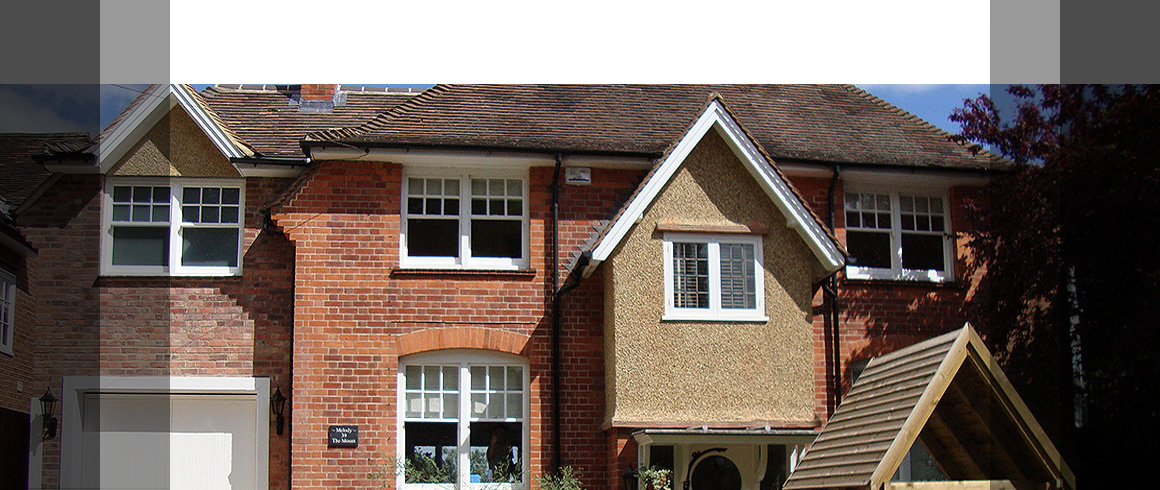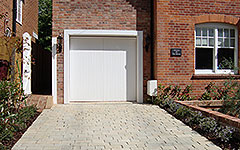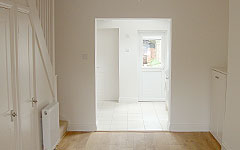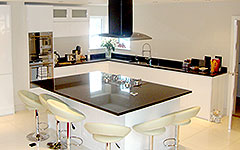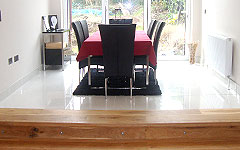Chapter Building is in Vogue
Of all the qualities to be valued in a home, one of the most prized is character. Aware of its cachet and ability to sell properties, developers and designers are increasingly seeking out and updating a variety of landmark period buildings in prime locations, replete with statement architecture and intriguing histories. But such projects are not to be undertaken lightly.
Many landmark buildings in the UK are listed properties, protected by planning controls and with consent required for any changes to the fabric of the building, both inside and out. While listing helps to preserve the essential character of a property, it means developers, architects and interior designers often encounter significant challenges in their attempts to marry modern living with history. Those at the top of their game, however, are achieving outstanding results.
Roehampton House in south London is one such example, awarded Grade I-listed status by English Heritage, which denotes ‘exceptional’ architectural quality. It was designed in 1712 by architect Thomas Archer and 200 years later Sir Edwin Lutyens added two new wings. From 1915 through to 2006 the house was used as a hospital, until it was bought and restored by developer St James, which transformed it into 24 individual apartments, along with two gatehouses and five garden villas, from £900,000.
‘It’s a rare example of English Baroque architecture,’ says St James’ in-house architect Nick Davies, who worked on the project with conservation specialist Giles Quarme & Associates. ‘The interiors from the two eras can be identified through the subtle changes in detailing, as seen in the panelling and moulding. Most impressive is the exterior facade — despite being two centuries apart, the additional Lutyens wings blend seamlessly into the 1712 building.’
Working closely with English Heritage, St James preserved as many period features as possible and sought to reinstate the integrity and proportions of a number of original rooms. ‘Our approach was to offer residents the grandeur of living in a stately home, so we fitted all the apartments with fixtures of the highest specification while respecting the existing period features,’ says Davies.
Interior designer Fiona Barratt-Campbell, of Fiona Barratt Interiors, faced her own balancing act when it came to restoring and preserving original features while also creating contemporary, luxurious interiors at 6 Palace Gate in Kensington, from £5.5 million. A Grade II-listed Victorian villa, it was built by William Cubitt in the 1870s in Parisian style, with sumptuous architectural detailing throughout. In the 1890s, architect Sir William Emerson added painted ceilings in a number of rooms on the ground floor, which were restored during the renovation of the house by developer Leighton and Henley.
Barratt-Campbell worked on the interiors of two duplex apartments, including the painted ceilings, and the penthouse. ‘It was a challenge to mix the original features, such as the panelling, cornicing, fireplaces and beautiful large skirting boards, with a modern, luxury lifestyle,’ she says. ‘There were considerations to take into account, such as modern lighting and audio-visual equipment. We couldn’t touch any of those ceilings, so we had to be very creative with the lighting. We managed to get a point in for a chandelier by carefully chasing through the ceiling; elsewhere, we used track lighting.’
In the city of Bath, a Unesco World Heritage Site, Somerset Place is a crescent of Georgian homes designed by John Eveleigh and now offered for sale, from £1.65 million, by developer Siahaf. The Grade I-listed community is one of five landmark crescents in Bath, restored and updated for modern living by architect Orms. It consists of nine original townhouses and 20 maisonettes and apartments.
The apartments sit behind the restored facade, but within specific sections of the crescent that were rebuilt in the Fifties. As a result, a freer hand was used in the configuration and internal design of the spaces. ‘With no historic fabric behind the facade of the post-war rebuilds, lifts, roof terraces and other elements could be incorporated,’ says Johnny Sandleson of Siahaf. ‘The crescent has a special hold on people’s affections; I guess it’s the combination of honey-coloured Bath stone, the setting on the green slopes of Lansdown and the intimate size of the city.
Back in London, developer Capital & Counties Properties (Capco) also had a good degree of flexibility when it came to the conversion of landmark Covent Garden building the Russell. Despite its location overlooking the Piazza and the grandeur of its Georgian architecture, the building is not listed. Originally a hotel, it was turned into offices and now features five dual-aspect apartments from £4.955 million. ‘The building has retained many of its period features while offering the best in contemporary living,’ says Sarah-Jane Curtis, director of Covent Garden at Capco. ‘The period facade is particularly impressive, as is the beautiful wooden staircase, now restored to its former glory.
Another landmark building that has been brought into residential use is Sir George Gilbert Scott’s Grade I-listed St Pancras Renaissance Hotel and apartments, developed by the Manhattan Loft Corporation. Architect Thomas Griem of TG Studio has just completed the design of a three-bedroom penthouse in the building for client Arran Patel. Walpole Mayfair, once the home of Prime Minister Sir Robert Walpole, was also recently converted into apartments by Oliver Burns and is now fully sold.
New projects under way include 10 Trinity Square in London, an impressive Grade II listed building, once home of the Port of London Authority. And developer Caraeno has planning permission for the conversion of St James’s House, owned by Carlyle Group and close to St James’s Palace. Also a Grade II*-listed building, it was designed by Richard Norman Shaw in 1905 in neoclassical style and is being transformed into eight apartments by EPR Architects, due for completion in 2015.
From Roehampton House to the Russell, period character buildings are a highly alluring proposition. They undoubtedly present a challenge when it comes to their restoration, but with the right experts involved they offer buyers a unique opportunity to own a piece of history.
Taken from:
The Telegraph
04 November 2013
http://www.telegraph.co.uk/property/luxuryhomes/10389614/Character-building-is-in-vogue.html
